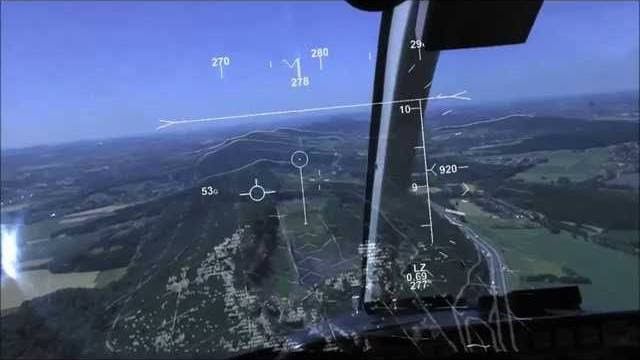This article was originally published by the International Security Observer on 16 June 2015.
Shrinking armoured forces in the four most important countries in Europe looks like a strategic adjustment to contemporary geopolitical scenarios. However, the excessive reduction of armoured assets in key countries and the absence of coordination amongst them could create severe vulnerabilities for the future defence of the whole continent.
The establishment and the expansion of the European Union reshaped the geography and politics of Europe with the consequent merge (and sometimes contrast) of multiple political, economic and social stakes coming from EU members. Nonetheless, some countries – Germany, Great Britain, France, and Italy – have kept their prominent role in European affairs and, today, they keep influencing deeply the international relations between Europe and the world. Their approach to defence matters has changed in terms of perceived threats and strategic planning, thus influencing European security policies according to their strategic needs (or wished). One of the most evident effects of this on the military is the progressive reduction of armoured assets. During the Cold War, armoured assets would have been the protagonists of warfare and their role was to face Soviet armoured divisions. Therefore, the core capabilities of western forces relied on big armoured complexes whose features were extreme tactical mobility and strategic pre-positioning across the foreseeable fronts. Instead, in the post-Soviet era the security threats to western European countries changed and became farer and asymmetric, thus requiring – in theory – high deployability, strategic mobility and limited logistic footprint. The armies of the four countries having taken this into consideration have become lighter and more deployable.
Germany, Great Britain, France, and Italy have traditionally coupled their economic relevance to a proportional military power made of big armies, more or less well equipped. Today, such proportionality is no longer linear for two main reasons: first, symmetric threats (read a state enemy at the gates) have objectively declined and second, national politics in today’s Europe have priorities other than defence expenditures.[1] Concerning the armoured assets, the reduction of Russian armoured forces and East European countries embracing the Atlantic treaty have stressed once again the loss of importance of the main threat. In addition, until 2010, rapprochement policies between the EU and Russia made the hypothesis of strategic confrontation even more unlikely.
Following the crisis in Ukraine the problem of strategic conventional deterrence has appeared once again as strategic priority, thus finding Germany, Great Britain, France and Italy not ready to respond promptly and adequately. In fact, despite of the tough headlines of the hottest phases of the Ukraine crisis, Russia has not deployed armoured assets in Crimea and at Ukrainian eastern border, rather using motor rifles and light units.[2]
To sum up, a traditional strategic race between west European countries and Russia is unlikely because both parts would be unable to sustain it at both economic and military level.[3] In particular, during the second round of negotiations in Minsk, Germany and France had to leverage on U.S. indirect deterrence – Obama raised the tones a few hours before the beginning of the talks – rather than on their own military power. In short, the two European countries, although politically and economically significant, were unable to look independent at strategic level.[4] A feature that Putin does not like, as he cannot consider west European stakeholders as an independent subject from Washington like it used to previously.
The hottest and biggest spot for the four EU lead countries is the southern front made of MENA (Middle East North Africa) countries and the Sahel. Great Britain, France and Italy are committed to multiple theatres with different coalitions, but their overall impact at the political and military level is limited. Nevertheless it is likely that these countries – even Germany, will be called to raise their commitment southward.[5] In those theatres power projection is usually based on a mix of light and medium forces, sometimes supported by a few mechanized assets. Such a mix is often considered the most suitable to counter elusive enemies organized in small formations. Furthermore, the limited logistic and economic footprint of such units in comparison to armoured ones makes them more sustainable in theatre for prolonged periods. In fact, lighter means, ammunitions and equipment are easier and cheaper to transport to and from the theatre of operations, while their strategic mobility allows expeditionary forces to cover big areas with limited logistics. As a consequence, the four countries have been reshaping their armed forces to become lighter and more flexible. However, the U.S. experience in that area demonstrates that, in case of major high intensity campaigns armoured assets have unmatched firepower, resistance and tactical mobility. Considering that conflicts in MENA countries keep growing in both size and intensity, major campaigns might be required in the near future.
In Europe, diminishing capabilities in leading high intensity conflicts by the four biggest countries modifies even the internal balance of forces amidst the EU and NATO. In fact, Poland and the other East European countries are moving in the opposite direction, and their armoured forces are increasing in size.[6]
At the political level this encourages the shift of the geostrategic axis eastward and implies more attention towards eastern European members and Russia.
At the military level, the weighted relevance of France, Germany, Great Britain and Italy will be decreasing in favour of those countries that welcome U.S. troops and bases and contribute every day more to the defence of the continent. As a consequence, the European defence agenda will likely be established progressively less in Berlin, Paris or Rome and more in Warsaw.[7]
As of today, at the operational level, the sum of the armoured forces of the four countries is adequate to the foreseeable level of threat, but quantities are next to the minimum below which credible operational capabilities in the field might be lost. In particular, the main problem is fragmentation: each country adopts its own doctrine and heterogeneous assets (Main Battle Tankss, Infantry Fighting Vehicles, Artillery) that are not deployable directly as a whole, nor being supported by common logistics.[8] As a consequence, the overall importance of each national force in Europe is constrained, while miscellaneous forces can difficultly merge as a whole in case of crisis. In short, the sum of numbers remains credible but the lack of interoperability makes its true strategic value critically low.[9]
Finally, the waste of know-how due to risible numbers and poor training downgrades the capabilities previously reached in the field.[10] In case of need, the rebuild of such operational capabilities would require time and fresh money, two features often lacking when sudden threats appear.
Armed forces are built around the “what if” paradigm and their structure depends on the expected threats. As a consequence, the detriment of armoured forces reshapes the military potential of the four countries, strengthening some features and weakening some others. Taking into account the current trend and the possible future challenges, there are four highlights to take into account.
First, a symmetric threat would find the four most powerful countries in Europe with insufficient armoured units, with Germany as the only exception. On the one hand, such a threat would not be sudden and would take a few years to manifest. On the other, this timeline might prove too short for readjusting the military for conventional warfare.
Second, despite of the reassurance the U.S. provided to east European countries by redeploying its EUCOM (United States European Command) troops on their territory, it is clear that the European theatre will be increasingly less relevant to Washington. This can bring two opposite outcomes: the empowerment of EU countries within the NATO framework, as often wished by the U.S., or, rather, the confirmation of the current trend – regardless of the U.S. disengagement – and the progressive decline of overall European military capabilities, as the armoured divisions continue representing the backbone of the strategic relevant armies.[11] Eastern countries, which are experiencing a reversing trend in this sense, might even choose alternative frameworks for collective defence, other than NATO and EU, and regardless of the economic importance of Paris, Rome, Berlin, and London.[12]
Third, in case of slow worsening of one or more crises at Europe’s gates a stronger power projection might be required. Such eventuality is considered far from the four governments of the countries explored in this piece, but the acceleration of the current trend that sees the continent challenged on its southern and eastern fronts might represent a pushing factor for reversing the current decision at strategic level, including the reduction of armoured forces.
Fourth, the current tendency will likely cause decreasing capability of projecting and developing tracked armoured vehicles (especially tanks) in the mid term. In fact, there are few or no programs for replacing current tanks and tracked IFVs (paper tanks do not count). Today, no country in West Europe possesses the resources for running its own program. Furthermore, the over constrained demand for such assets do not allow economies of scale that would ameliorate the overall industrial efficiency (including lower unit costs).[13][13] Whether this trend will be positive or negative for industry depends on the evolution of geopolitics in Europe as well as on foreign and defence policies to be adopted in the near future.







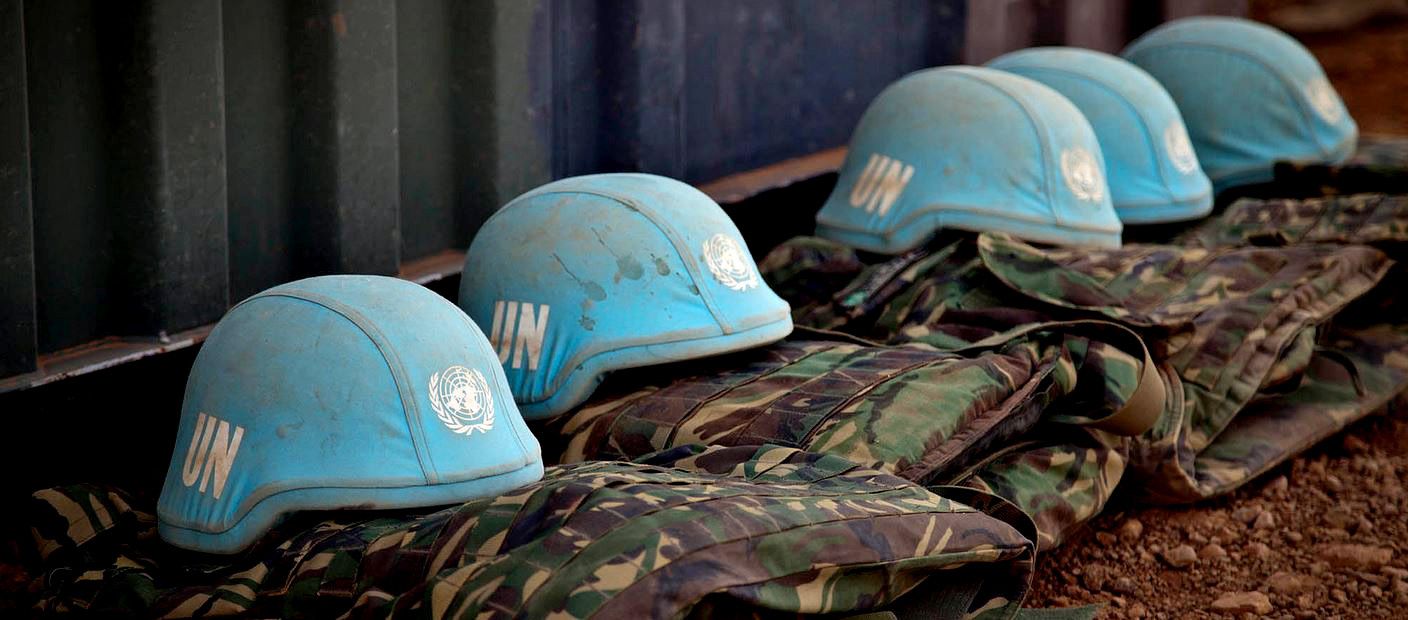


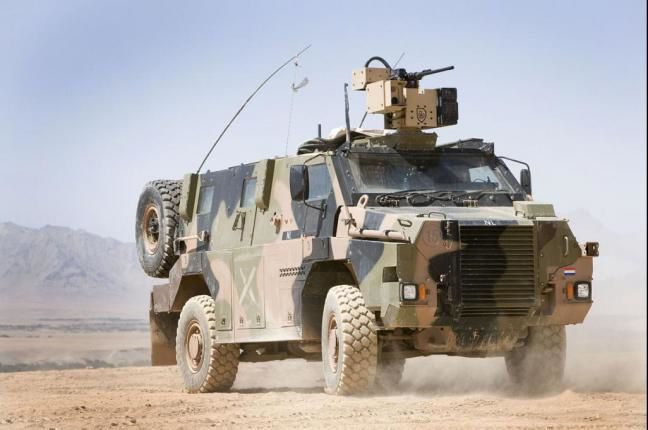

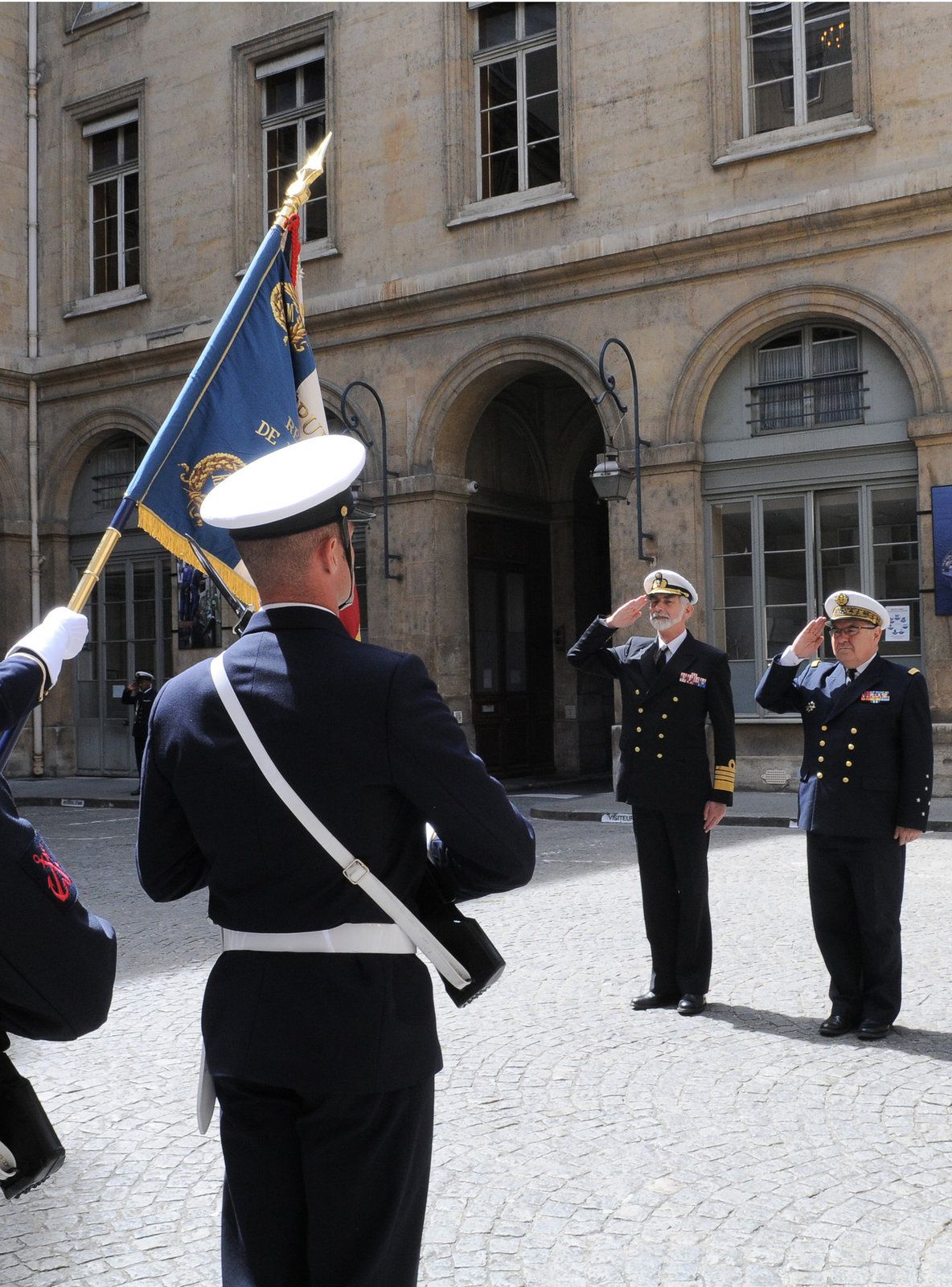
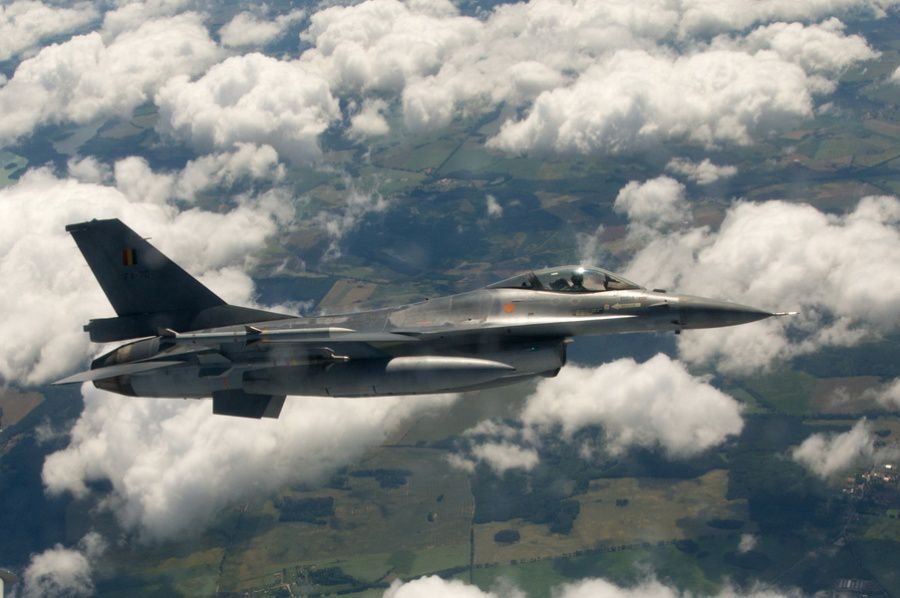
/image%2F0547456%2F20150702%2Fob_f6d6b4_tension-dans-le-ciel-photo-patrick-bri.jpg)
/image%2F0547456%2F20150702%2Fob_bce8b0_tension-dans-le-ciel-photo-patrick-bri.jpg)
/image%2F0547456%2F20150702%2Fob_940a72_tension-dans-le-ciel-photo-patrick-bri.jpg)
/image%2F0547456%2F20150702%2Fob_22623f_tension-dans-le-ciel-photo-patrick-bri.jpg)


/image%2F0547456%2F20150702%2Fob_2e924c_l-armurier-valide-l-arme-apres-av.jpg)
/image%2F0547456%2F20150702%2Fob_0e0a57_sedeyn-ritchie-5051.jpg)
/image%2F0547456%2F20150702%2Fob_459792_sedeyn-ritchie-5116.jpg)
/image%2F0547456%2F20150702%2Fob_b6b789_sedeyn-ritchie-5143.jpg)
/image%2F0547456%2F20150702%2Fob_b78ceb_sedeyn-ritchie-5284.jpg)
/image%2F0547456%2F20150702%2Fob_158afb_sedeyn-ritchie-5339.jpg)



/image%2F0547456%2F20150701%2Fob_31acba_dix-mois-d-instruction-intensive-son.jpg)
/image%2F0547456%2F20150701%2Fob_e8fe10_le-lieutenant-general-grosdent-passe.jpg)
/image%2F0547456%2F20150701%2Fob_2a6c4e_les-meilleurs-eleves-francophones-et.jpg)
/image%2F0547456%2F20150701%2Fob_d6056a_les-pelotons-sont-prets-a-accueillir.jpg)







